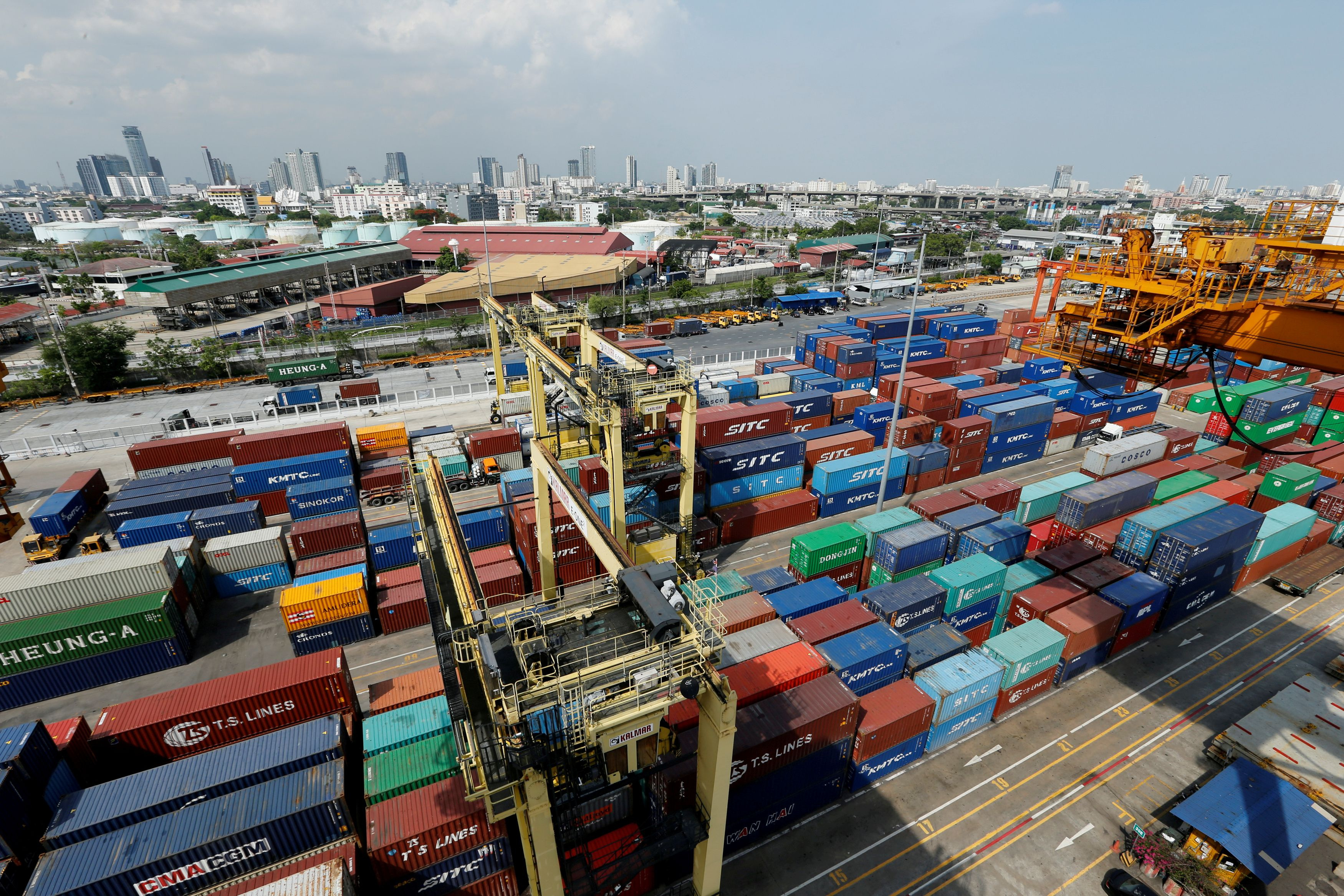Free trade agreements drive Thailand industrial growth
Thailand exports exceed USD 60bn in 2025, SET Index and THB buoyed by electronics, automotive, and agro-industrial shipments, supporting GDP growth of 3.1% and external surplus stability.

Thailand’s trade performance demonstrates significant resilience, with exports surpassing USD 60 billion year-to-date in 2025 (a strong performance given Bank of Thailand's 19.2% Exports f.o.b. YoY growth in September 2025), bolstered by proactive free trade agreements and ongoing global supply chain realignments that favor ASEAN and East Asia. This export momentum is the primary engine of the Thai economy.
Manufacturing and agro-industrial exports have led the growth charge, with key products like electronics, automotive parts, and agricultural commodities contributing roughly 70% of total shipments. Gross Domestic Product (GDP) growth for Q3 2025 reached an estimated 3.1% year-on-year, a rate supported strongly by external demand even as domestic consumption remained comparatively subdued.
This export strength has allowed the current account surplus to expand robustly, settling near USD 8.2 billion (a significant cumulative figure, supported by the USD 1.9 billion surplus in September 2025), which, in turn, supports the stability of the Thai Baht (THB) around 35.4 per U.S. Dollar (USD).
The mechanism driving this performance is purely export-driven structural improvement. Trade facilitation via Free Trade Agreements (FTAs) with major partners like China, Japan, and ASEAN members has successfully reduced tariff costs and enhanced market access. Local producers have strategically leveraged global supply-chain shifts—particularly the move toward regional resilience—to capture market share in high-value components such as semiconductors and automotive parts.
Corporate earnings in manufacturing sectors have reportedly risen 6–8% year-on-year, contributing to stock-market resilience, particularly for SET-listed exporters. These dynamics signal a structural export-competitiveness improvement that partially insulates Thailand from persistent weakness in domestic consumption, which expanded only 2.3% y/y.
Financial markets have responded favorably. The Stock Exchange of Thailand (SET) Index is up approximately 5% year-to-date, led by strong gains in export-linked industrial and electronics stocks. Bond yields remain contained; the 10-year Thai government bond is trading around 2.85% (a supportive rate, though official data places yields lower), reflecting ample domestic liquidity and a supportive, accommodating monetary policy stance. Forward risks include potential sharp global demand shocks, regional supply-chain disruption due to geopolitical events, and domestic labor shortages that could constrain capacity.
Monitoring export volumes, Purchasing Managers' Index (PMI) surveys, and sectoral output indices over the next 12 months will be crucial indicators of sustainability. If current export trends persist, external demand could contribute a significant 1.8–2.0 percentage points to annual GDP growth, effectively offsetting residual domestic softness and supporting stable employment and external financial balances.





